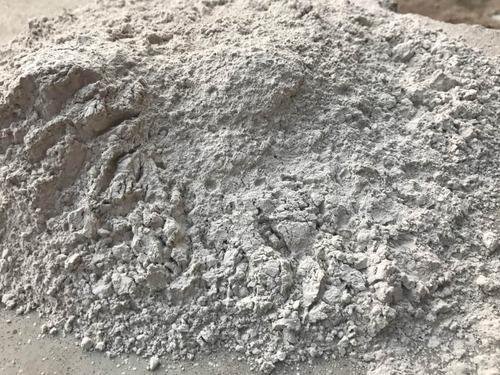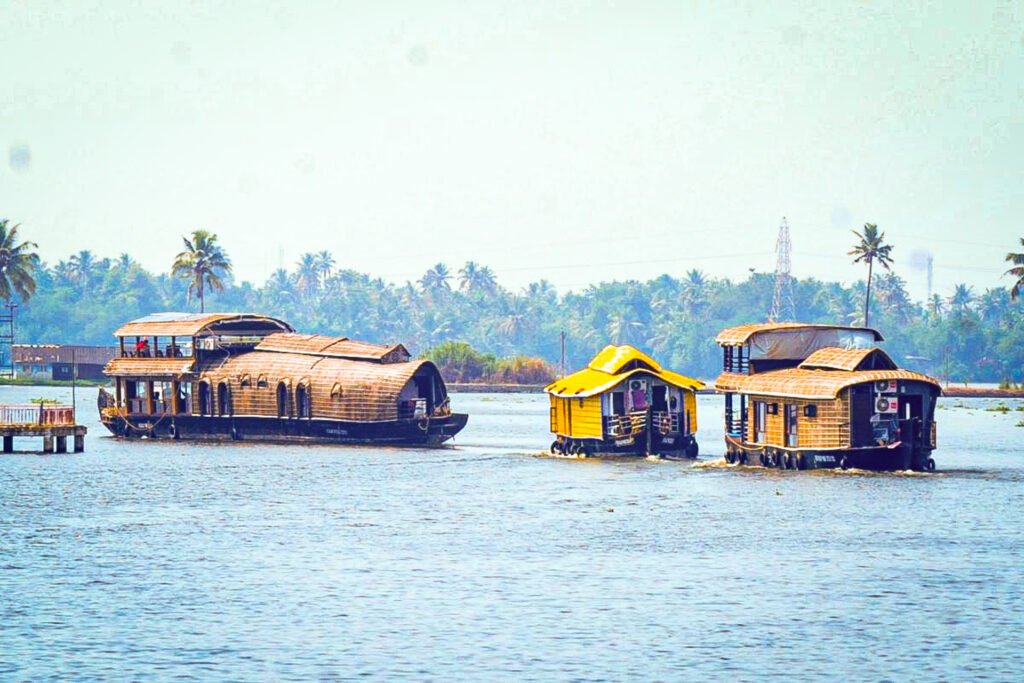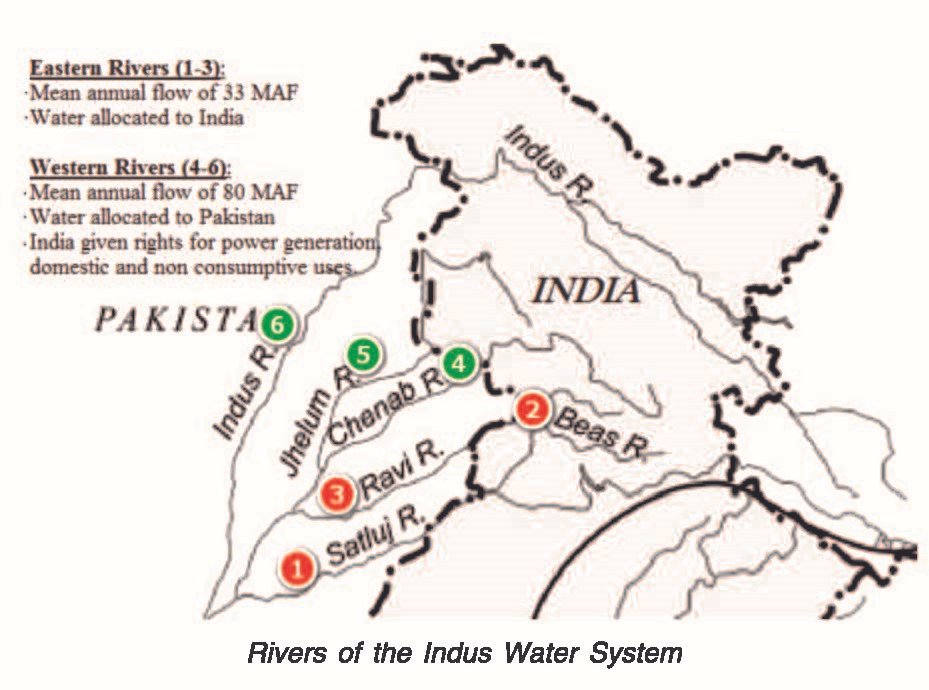Blog
July 5th Current Affairs
- July 5, 2021
- Posted by: admin
- Category: Culture Current Affairs Daily News Defense & Security Disaster Management Economy Education Environment & Ecology Ethics Geography Governance Health History International Relation Persons in News Polity Science & Technology Social Issues Sports Uncategorized UPSC Notification Videos
1. Bamboo Oasis on Lands in Drought.

IN NEWS:
KVIC’s Unique Project BOLD to Boost Tribals’ Income and Bamboo-based Economy in Rajasthan.
KEY POINTS:
- The project named “Bamboo Oasis on Lands in Drought” (BOLD) is the first of its kind exercise in India which was launched from the tribal village NichlaMandwa in Udaipur, Rajasthan.
- Project BOLD, which seeks to create bamboo-based green patches in arid and semi-arid land zones, is aligned with Prime Minister Shri Narendra Modi’s call for reducing land degradation and preventing desertification in the country.
- The initiative has been launched as part of KVIC’s “Khadi Bamboo Festival” to celebrate 75 years of independence “Azadi ka Amrit Mahotsav”.
- KVIC is set to replicate the Project at Village Dholera in Ahmedabad district in Gujarat and Leh-Ladakh region by August this year.
- 5000 saplings of special bamboo species – BambusaTulda and BambusaPolymorpha specially brought from Assam – have been planted over 25 bigha (16 acres approx) of vacant arid Gram Panchayat land.
- KVIC has thus created a world record of planting the highest number of bamboo saplings on a single day at one location.
SOURCE:PIB
2. CTRI Portal.

IN NEWS:
- Ayurveda Dataset on CTRI(Clinical Trial Registry of India) Portal will be Launched.
- The launch by Ayush Minister will mark a significant step towards worldwide visibility for Ayurveda based Clinical Trials.
- 4 Portals developed by CCRAS(Central Council for Research in Ayurvedic Sciences) will also be launched.
KEY POINTS:
- Ayurveda Dataset of CTRI has been jointly developed by ICMR and CCRAS, Ministry of Ayush.
- The four more portals that will also be launched are AMAR, SAHI, e-MEDHA and RMIS. All of these are primarily developed by CCRAS while RMIS is a collaborative effort of ICMR and CCRAS.
- CTRI is a primary register of Clinical Trials under WHO’s International Clinical Trials Registry Platform (ICTRP) and creation of Ayurveda dataset in CTRI facilitates usages of Ayurveda terminologies to record clinical study meta data based on Ayurveda interventions.
- Until now the clinical trials in Ayurveda were dependent on terminology borrowed from modern medicine.
- Now with the joint efforts of ICMR- National Institute of Medical Statistics and CCRAS, Ayurvedic terminology has become part of CTRI.
- The key feature of this digital platform is the provision of selection of the Ayurveda Health conditions from drop down of 3866 Ayurveda morbidity codes incorporated from the NAMASTE portal (a portal developed by the AYUSH Ministry) in which morbidity statistics pertaining to Ayurveda has been classified according to International Classification of Diseases standards.
- It means, now the information, results etc. of Ayurveda Clinical Trials will be available in Ayurvedic vocabulary in the clinical trials registry of India.
Important Information:
Why is the Clinical Registry important?
- Clinical trials are being done continuously in the world for new drug discovery, treatment of diseases etc.
- The problem is that the results of these tests are not publicly available and due to this there is a possibility of not having accurate information about the trials.
- In view of this, the World Health Organization made it mandatory to create an online registry of clinical trials.
- In India this work is being done through CTRI and this registry is also part of the World Health Organization registry.
SOURCE:PIB
3. Fly Ash.

IN NEWS:
- National Thermal Power Corporation (NTPC) Limited has invited Expression of Interest (EOI) for sale of fly ash, in its endeavour to achieve 100% utilization of fly ash, from the designated plants of the Middle East and other regions.
- Fly Ash is a byproduct from burning of coal in the thermal power generation.
KEY POINTS:
- NTPC has collaborated with Cement manufacturers around the country to supply Fly Ash.
- To promote the use of Fly Ash bricks in building construction, NTPC has set up Fly Ash brick manufacturing Plants at its Coal based Thermal Power Plants.
- These bricks are being utilized in Plants as well as township construction activities exclusively.
- On average, 60 million Fly Ash bricks are being manufactured annually by NTPCs own Fly Ash brick Plants.
- As per the MoEF&CC directives, NTPC stations must keep at least 20% of total Fly Ash produced in reserve for the issue to Fly Ash brick/blocks/tiles manufacturers and issuing Fly Ash free of cost to them.
- About 9% of the total Fly Ash produced in NTPCs stations, is being utilized by Fly Ash bricks/blocks and tiles manufacturing units annually.
- During the year 2020-21, almost 15 NTPC stations supplied Fly Ash to various Road projects and Ash utilization crossed by nearly 20 million tonnes.
- Over the last five years the fly ash utilisation has grown up by 80% in the country.
- Pradhan Mantri Awas Yojana (Urban) has focused on new construction technologies such as using fly ash bricks that are innovative, and environmentally friendly.
- Even state governments have come out with their Fly ash utilization policies, e.g. Maharashtra was the first state to adopt the policy.
- A web portal for monitoring of fly ash generation and utilization and a mobile based application titled “ASHTRACK” has been launched by the Government.
- GST rates on fly ash and its products have been reduced to 5%.
Important Information:
Fly Ash:
- It is called fly ash because it is transported from the combustion chamber by exhaust gases.
- It is collected from the exhaust gases by electrostatic precipitators or bag filters.
- An electrostatic precipitator (ESP) is defined as a filtration device that is used to remove fine particles like smoke and fine dust from the flowing gas.
- It is the commonly used device for air pollution control.
SOURCE:PIB
4. Vembanad Lake: Kerala

IN NEWS::
Kerala houseboats in Vembanad Lake are about to begin soon amid a robust vaccination drive.
KEY POINTS:
- This is the largest lake in Kerala and the longest Lake in India.
- Source of the rivers: Meenachil, Achankovil, Pampa and Manimala
- Vallam Kali (i.e Nehru Trophy Boat Race) is a Snake Boat Race held every year in the month of August in Vembanad Lake.
- In 2002, lake was included in the list of Ramsar Convention.
- It is the second-largest Ramsar site in India after the Sundarbans in West Bengal.
- The Vembanad wetland is also identified under the National Wetlands Conservation Programme.
- The Kumarakom Bird Sanctuary is located on the east coast of the lake.
- In 2019, Willingdon Island, a seaport located in the city of Kochi, was carved out of Vembanad Lake.
- One of the most outstanding features of this lake is the 1252 m long saltwater barrier, Thanneermukkom, which was built to stop saltwater intrusion into Kuttanad.
SOURCE:TH
5. Indus Treaty: India to use excess water to irrigate own land

IN NEWS:
As per Jal Shakti Minister, Gajendra Singh Shekhawat, India is working on its rights to stop excess water flowing to Pakistan under Indus Waters Treaty of 1960 to irrigate its own lands.
KEY POINTS:
- The move to harvest excess water comes against the backdrop of India working on a plan to divert the waters of Ujh, which is one of the main tributaries of the Ravi river that flows into Pakistan.
- This is also of strategic importance to India, given that control over river water flow acts as a force multiplier during times of aggression.
- India’s plans to fully utilize its share of water under the treaty assumes strategic importance against the backdrop of China developing the controversial China-Pakistan Economic Corridor in the region.
- With an eye on Pakistan, India is also expediting other strategically important hydropower projects in Jammu and Kashmir such as 850-megawatt (MW) Ratle, 800MW Bursar, 1,000MW Pakal Dul, 624MW Kiru and 540MW Kwar in the Union territory following the reorganization of the terror-hit state.
- The Ujh multi-purpose project is to have a 186MW capacity for electricity generation and will also provide water to irrigate 16,743 hectares and 20 cusecs for drinking.
Important Imformation:
Indus Water Treaty 1960
- Indus water treat was signed between India and Pakistan in 1960.
- Under the treaty, all waters of three eastern rivers viz., Ravi, Sutlej and Beas were allocated to India to use exclusively.
- On the other hand, waters of Western rivers viz., Indus, Jhelum, and Chenab were allocated to Pakistan.
- However, India was given exception to use waters of western rivers for specified domestic, non-consumptive and agricultural use. India has also been given right to generate hydroelectricity under run of the river projects on Western Rivers.
- It is subject to specific criteria for design and unrestricted operation.
SOURCE:MINT
6. Panchmuli lake

IN NEWS:
The Panchmuli lake, situated near the statue of Sardar Vallabhbhai Patel in Kevadia, a major tourist attraction, had a large number of crocodiles that posed a threat to visitors.
KEY POINTS:
- Crocodiles were relocated for the safety of tourists do boat rides in the Panchmuli lake.
- This lake is situated near 182-metre-tall statue of Sardar Vallabhbhai Patel in Kevadia.
- Lake has become a major tourist attraction. It had a large number of crocodiles which was a threat to visitors.
- In between October & March, 2019-20, 143 crocodiles were relocated.
- In 2020-21, 51 crocodiles were shifted to two rescue centres in Gandhinagar and Godhra.
- In 2019-20, 73 rescued crocodiles were released into Sardar Sarovar reservoir.
Important Information:
About Panchmuli lake:
- This lake is also known as ‘Dyke-3’ of Sardar Sarovar Dam.
- It was developed for tourists visiting the Statue of Unity.
- Lake is located about 5 km away from Statue of Unity.
- It offers a clear view of Vindhyachal mountain range and Sardar Sarovar Dam.
SOURCE:IE
